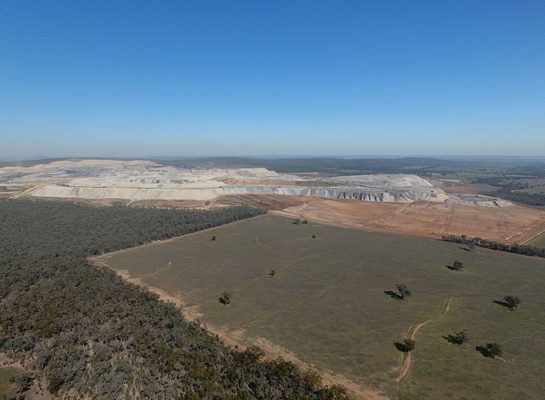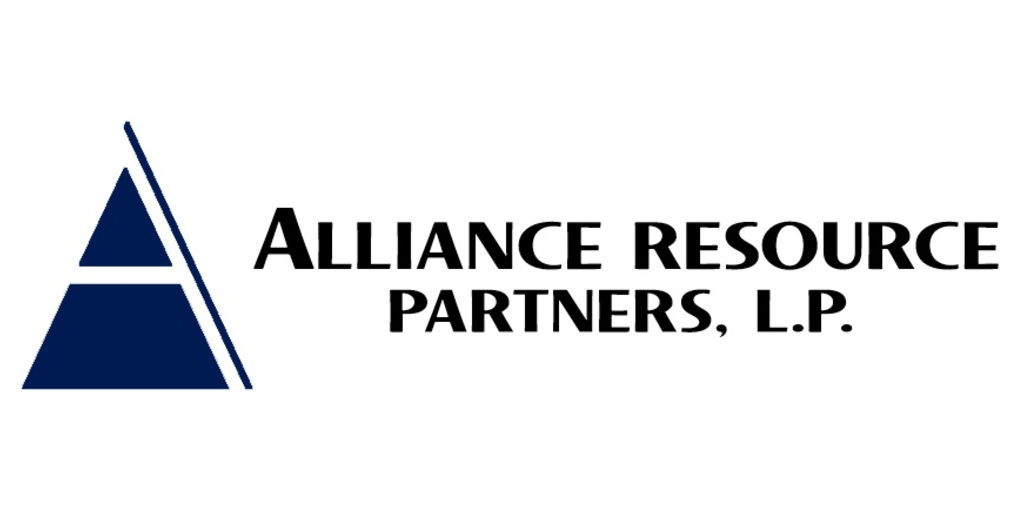Sign up for daily news updates from CleanTechnica on email. Or follow us on Google News!
The US Securities and Exchange Commission (SEC) has finally released its climate emission disclosure rules. Investors have been worried about these rules and the implications of Scope 3 transparency on their portfolios, so they asked the SEC for help in making prudent financial decisions. In turn, regulators within the SEC have spent a year trying to respond to the wide variety of comments that have flooded in since they released a March, 2022 disclosure proposal.
This week’s new SEC rules are significantly diluted from that initial version.
The SEC voted 3-2 on Wednesday to issue a final rule about climate disclosures, which establishes a framework floor for certain publicly listed companies. The SEC now requires a baseline transparency around climate risks and emissions, yet only “large accelerated filers” and “accelerated filers” must disclose Scope 1 and 2 emissions.
 Chip in a few dollars a month to help support independent cleantech coverage that helps to accelerate the cleantech revolution!
Chip in a few dollars a month to help support independent cleantech coverage that helps to accelerate the cleantech revolution!
Typically, a company’s departments and various offices tally up their carbon emissions and the energy they consume as part of their company’s climate disclosure corporate reports. Simple enough. The resulting narrative indicates progress and lists several goals that point to recycling/reuse protocols, building energy efficiency modifications, EV parking spaces, even solar enhancements. A sustainable future can look bright from this perspective.
The ways that companies measure and monitor their emissions are superficial; the real emissions levels are many times times higher than most companies report. What’s not been noted, however, are the supply chains that coalesce into products, the electricity required for data center analysis and storage, or the technology debris that’s likely haphazardly discarded.
Now many firms will face a higher standard as they comply with new SEC transparency requirements about their direct carbon footprints in their regulatory filings. These are known as Scope 1 and Scope 2 emissions. Scope 1 emissions emerge directly from a company’s activity. Scope 2 emissions are related to operational electricity use.
Scope 3 emissions, however, have been left out of the new SEC rule. Those are produced by a company’s customers and its supply chain — both upstream (before) and downstream (after) its own operations. For many businesses, Scope 3 emissions account for more than 70% of their carbon footprint. In some of the most polluting industries such as oil and gas, the number can be even higher.
Sure, businesses will have to report their own emissions and their energy usage now in their climate action plans. But they won’t be required to tell the whole story, and that’s the rub. After considering “lively debate about each of these disclosure requirements,” the SEC promulgated final rules that are grounded in materiality.
“In the proposal, we took a layered approach to disclosure of Scope 3 greenhouse gas emissions. While many investors today are using Scope 3 information in their investment decision making, based upon public feedback, we are not requiring Scope 3 emissions disclosure at this time … Issuers and investors will benefit from the consistency, comparability, and reliability of these disclosures.”
The largest companies must start making some climate disclosures as early as fiscal 2025 and about climate pollution emissions as soon as fiscal 2026. The rules include a company’s climate-related goals, transition plans, and costs and losses related to events like hurricanes, tornadoes, flooding, drought, wildfires, extreme temperatures, and sea level rise, the SEC said.
Only 5% of US companies report their Scope 3 greenhouse gas (GHG) emissions. Have you ever thought about what it would take to decarbonize the chain of events required for your weekly consumer goods? Then again, on the other hand, do you wish companies would do more to move toward full zero emissions? We’ve been talking about this a long time at CleanTechnica. It’s time to take a holistic, value chain approach to Scope 3 emissions.
Push Back against Climate Emission Disclosures
Data shows us that major US climate disasters occur every 3 weeks. Major insurance companies are scrambling from the fallout of growing losses from hurricanes, floods, and wildfires. The interconnections between emissions and climate are profound, and it has been up to the SEC to issue US rules that live up to international climate disclosure regimes, such as in the European Union, and even rules recently passed in California.
Over the last year lobbyists rounded up numerous critiques of potential Scope 3 reporting requirements and were supported by Republican legislators who’ve shown reluctance to pass bills in the House and Senate. Together, they ensured that business as usual can continue with the new SEC rule. It’s a subset of the war on all things ESG — environmental, social, and governance principles in business. Instead of taking climate action, constituent groups are engaging in culture wars to protect business profitability. Terming the push for Scope 3 emissions reporting as another example of “woke capitalism,” these profitability hounds aren’t satisfied with their recent success subverting Scope 3 emissions — they continue to promote the idea that the SEC doesn’t even have the right to address climate issues.
Meanwhile, more than a thousand fossil fuel companies around the world are currently planning to build new liquefied natural gas terminals, pipelines, or gas-fired power plants even as scientists warn that fossil fuel expansion is incompatible with efforts to prevent catastrophic warming.
If you think this is bad, a new analysis from Carbon Brief has determined that a victory for Donald Trump in November’s presidential election could lead to an additional 4 billion tons of US emissions by 2030 compared with Joe Biden’s plans. Carbon emissions transparency would become a dirty catch phrase, for sure.
Final Thoughts about the SEC & Climate Emissions Transparency
The Global Standard on Responsible Climate Lobbying is the leading best practice framework for climate policy engagement disclosure. The Global Standard sets out 14 indicators covering disclosure, governance, and oversight processes to ensure alignment between a company’s climate policy engagement and delivering the 1.5°C goal of the Paris Agreement.
In September 2023, InfluenceMap’s methodology to assess corporate disclosures on climate policy engagement was formally updated in line with the Global Standard and stakeholder input. These assessments are directly integrated into the Climate Action 100+ Net Zero Company Benchmark as part of the Climate Policy Engagement Alignment assessment, under two distinct indicators:
- Accuracy of Climate Policy Engagement Disclosure: An assessment of the accuracy of a company’s reporting on its direct and indirect (via industry associations) climate policy engagement activities.
- Corporate Climate Policy Engagement Review: An assessment of the quality and robustness of a company’s process to identify, report on, and address specific cases of misalignment between its climate policy engagement activities and delivering the 1.5°C goal of the Paris Agreement.
You can do a workaround from the SEC ruling by clicking on the Disclosure Scorecard links on their website to access the latest individual company disclosure scorecards, with detailed assessments and best practice guidance.
Then again, if you’d like to read the entire 866 page SEC ruling, here it is.
Have a tip for CleanTechnica? Want to advertise? Want to suggest a guest for our CleanTech Talk podcast? Contact us here.
Latest CleanTechnica TV Video
CleanTechnica uses affiliate links. See our policy here.





